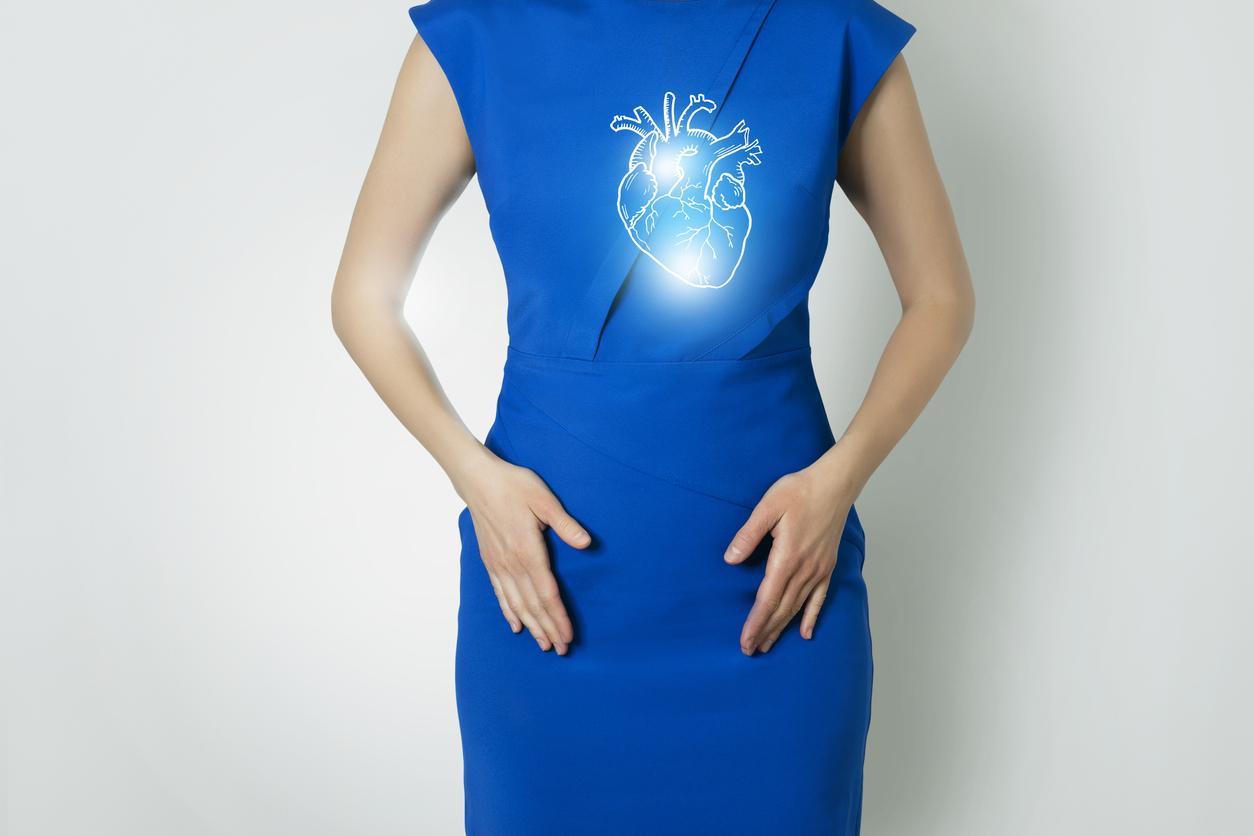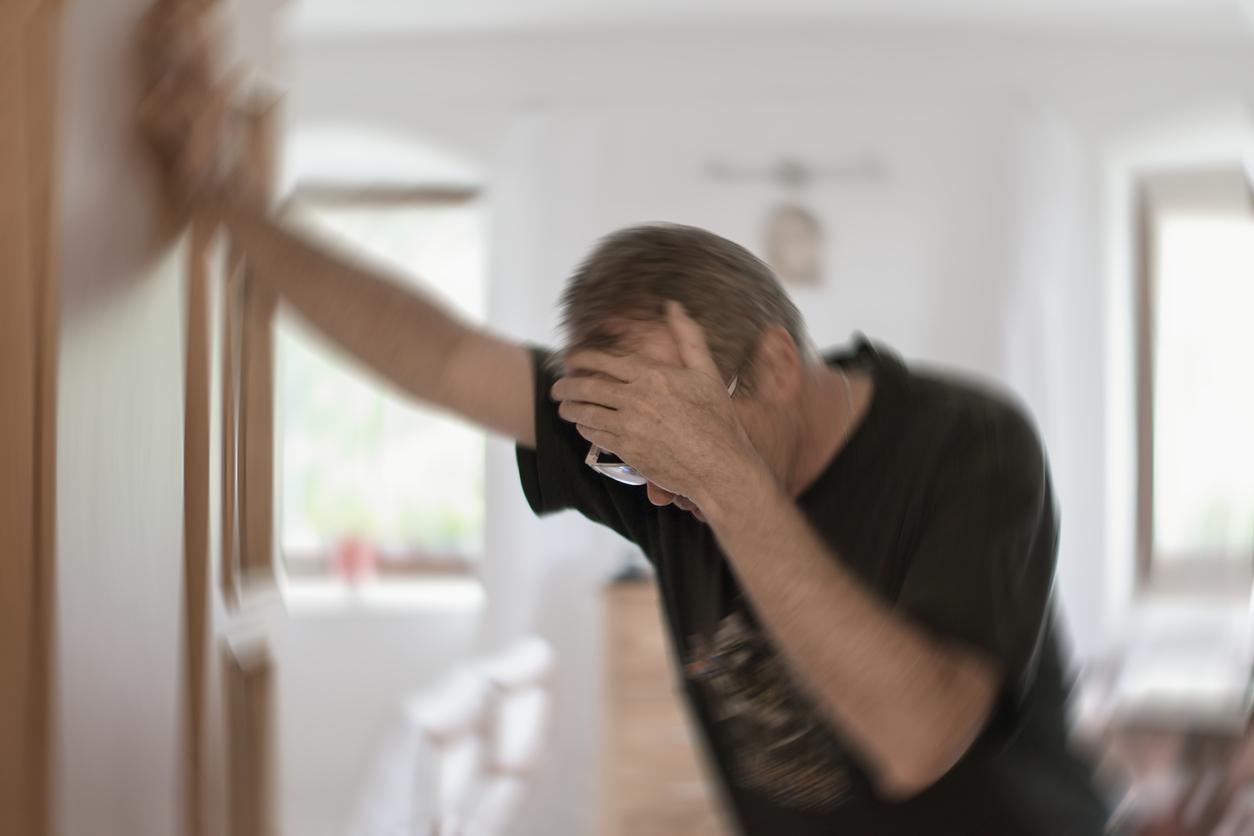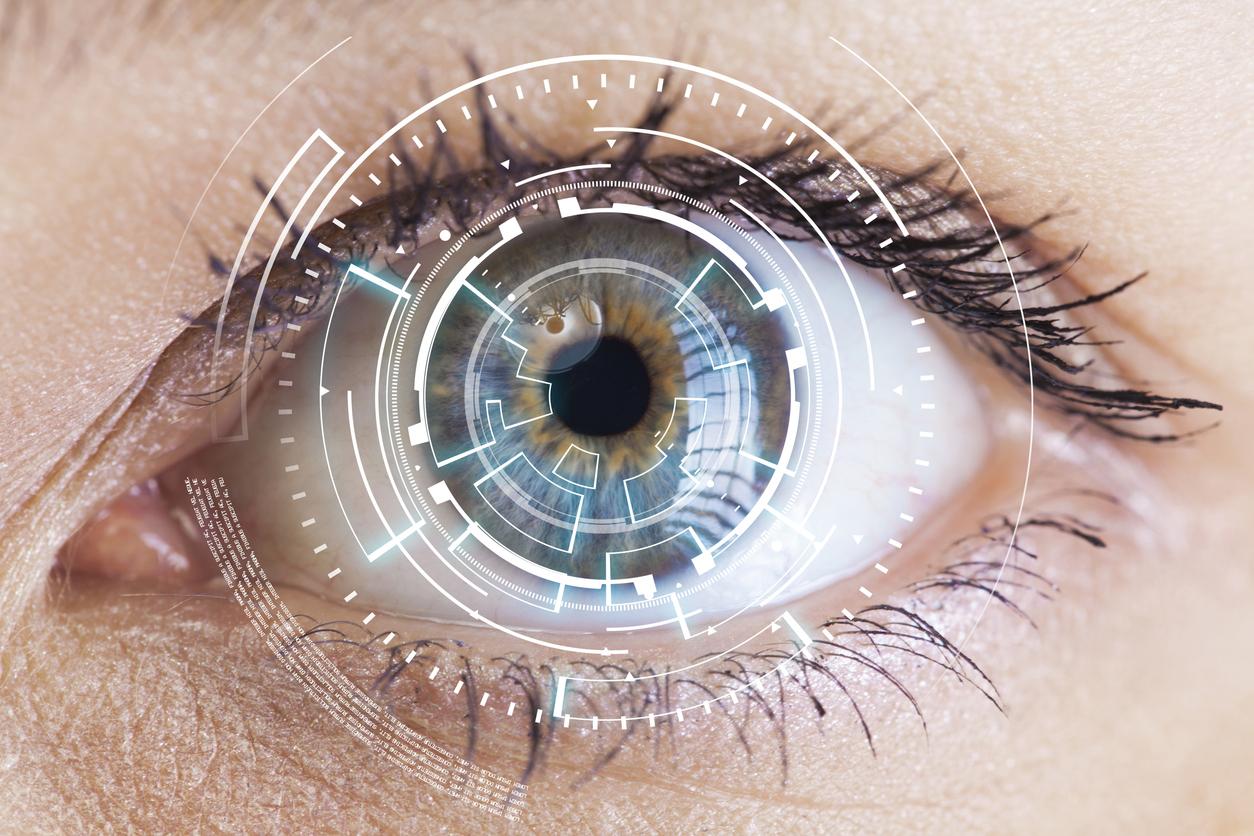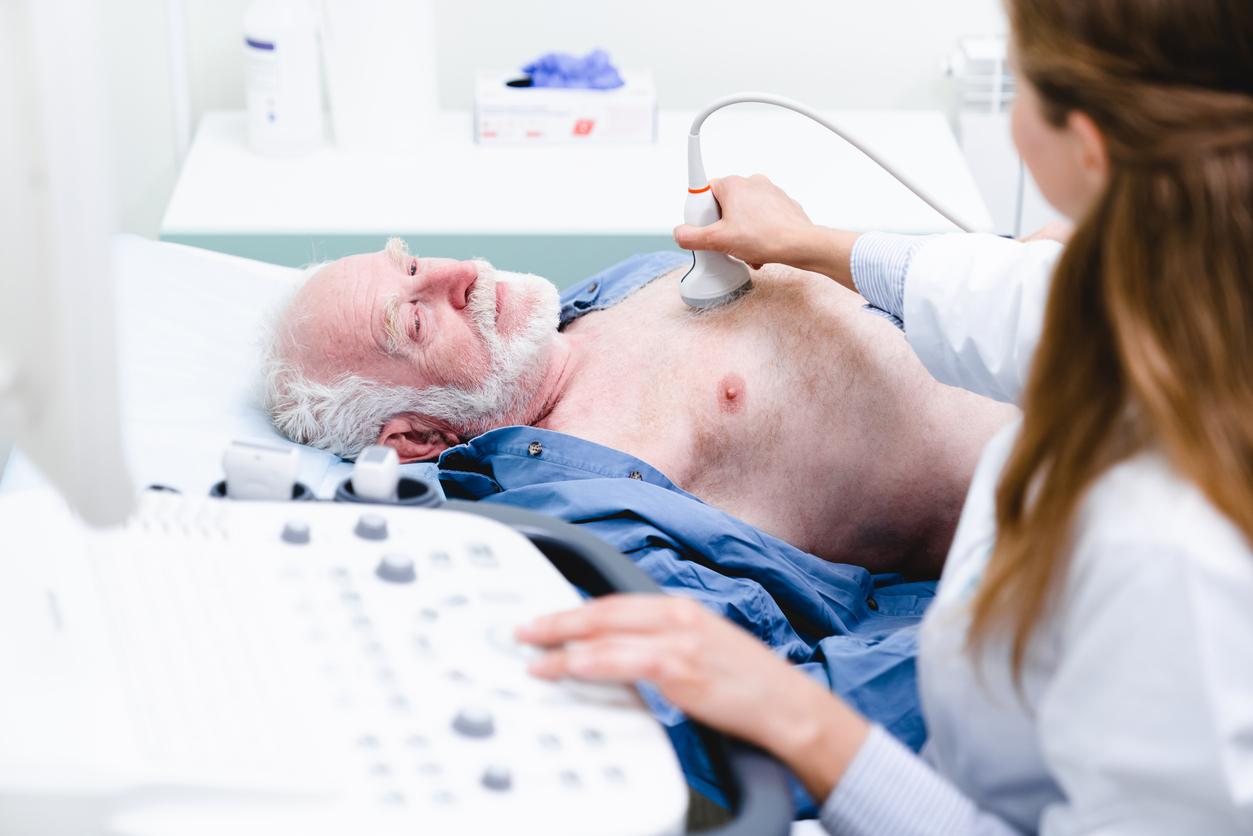On the occasion of atrial fibrillation awareness day on December 12, Why Doctor collected the testimony of a patient followed for this heart rhythm disorder at Pitié-Salpêtrière (Paris).

On the occasion of the atrial fibrillation awareness day which will take place on December 12, we collected the testimony of a patient followed at Pitié-Salpêtrière, in Paris.
“I was dynamic, I lived at 200 an hour. What I could do the same day, I did not put off until the next day. And then in 2002, I catch a big bronchitis. So I’m seeing a cardiologist for the first time. He discovers me a stenosis. I am treated with medication, Plavix. The situation is not improving, but I am closely followed at the Salpêtrière and by Professor Montalescot, whom I thank for everything he does. In 2015, I have three attacks of angina. Mr. Montalescot makes me pass a coronarography again and discovers a stenosis in the common trunk on a coronary.
So we put in a stent. But since 2010, I still regularly have a lot of extra systoles, kinds of fibrillations, my heart vibrates a little, palpitations. Because I say fibrillation but I’m not entirely sure that’s it. Fortunately, there is an amazing little device that allows me to do an EKG anywhere. I can then send it to my cardiologist who reads it and tells me if it is fibrillation or not. The device already says so but Mr. Montalescot prefers to check in case there is something else not visible.
Concretely, you buy this device which is called ‘Kardia Alivecor’. Then you install it on your mobile phone. You always have on you this little box that allows you to record. You put it in front of you. You lay your arms flat. You choose ‘save your ECG’. You press. It is necessary to wait 30 seconds, the time that the electrocardiogram is done. And There you go. You have an initial diagnosis that reports ‘no abnormal rhythm’ or sometimes ‘possible atrial fibrillation’.
“I am very followed”
You can email your result to your cardiologist. Who will send you back the answer after analysis. It’s very practical, I always have it with me. It’s easy to carry. That’s what helps me put this feeling of fibrillation into perspective a little, which isn’t quite determined yet. Now I’m on Sotalex, but it’s true that when you know that you may have atrial fibrillation without the diagnosis being 100% certain, you think the major risk is stroke. . So we are careful. And then the day when it becomes more violent, I will take an anticoagulant. But for the moment, we are not there.
When you are in atrial fibrillation, only anticoagulant treatment reduces the risk of stroke. But even if I am not in FA continuously, I am very followed. I take Sotalex, a beta blocker, all the same to reduce an extra systole, the arrhythmia. I do stress tests, I make recordings. I do 21-day holters, 2 or 3 times a year. And I also see Mr. Montalescot twice a year.
“We don’t live the same way anymore”
And when something goes wrong, we notify. Sometimes I feel quite strong extra systoles. I also feel like vibrations, which stop when I cough. But one day it may not stop. And I have unpleasant feelings. I feel that the rhythm is not the same. And when I take my pulse, I realize that it’s not normal at all. That’s why I immediately make a recording with an electrocardiogram.
So of course my lifestyle changes because I live more quietly. And I recognize that when you are told that you are at risk of having AF, and that it is a risk of stroke, which is something very serious, you live a little with a sword of Damocles above your head. . As long as I am not treated. Because I don’t want to be on blood thinners if it’s not necessary. But on the other hand it might be more reassuring. Because in this case I would not risk having a stroke. Or at least the risks would be reduced. I remain calm but as soon as I have a symptom, a little chest pain, I wonder what it is. Is it the heart? We no longer live the same way.”

















